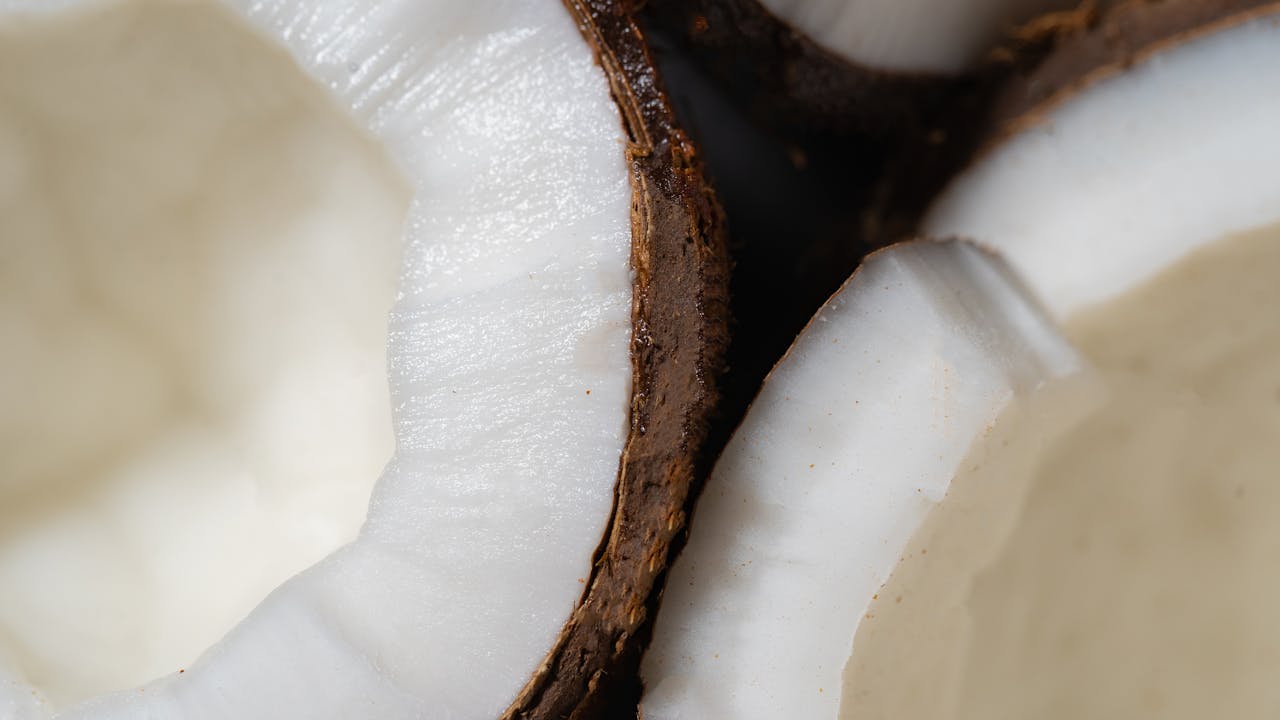
Choosing healthy foods is important, but it’s easy to assume that every item labeled “superfood” or “organic” is worth the price. Many shoppers reach for these items hoping to boost their nutrition, only to realize later that their grocery bill has skyrocketed. Some health foods are genuinely beneficial, but others offer little extra value compared to their cost. The grocery aisles are filled with products that sound good for you but may not be the best use of your hard-earned cash. This matters because eating well shouldn’t mean emptying your wallet. Knowing which health foods burn your wallet can help you make smarter, more affordable choices.
1. Cold-Pressed Juice
Cold-pressed juices are everywhere, promising a quick dose of vitamins and minerals. But a single bottle can cost $8 or more. While they’re lower in added sugars than some juices, you lose out on fiber from whole fruits and vegetables. Drinking your produce doesn’t keep you full like eating it does. If you want nutrients without the sticker shock, try blending smoothies at home or simply eating whole fruits.
2. Pre-Packaged Kale Chips
Kale chips sound like the perfect crunchy snack—nutritious and guilt-free. However, a single small bag can cost $5 to $7, and you receive only a handful of chips. Making your own kale chips at home is easy and much cheaper. All you need is a bunch of fresh kale, a drizzle of olive oil, and some seasoning. Bake until crispy, and you’ll have a wallet-friendly snack that’s just as healthy.
3. Acai Bowls
Acai bowls are popular for their vibrant colors and reputation as a superfood. However, these smoothie bowls can cost between $10 and $15 at many juice bars. Aside from the high price, they’re often loaded with sweet toppings like granola, honey, and coconut flakes. The nutrition is solid, but the cost is steep. For a more affordable option, buy frozen acai puree and make your own bowls at home with simple toppings.
4. Gluten-Free Packaged Snacks
Unless you have celiac disease or a gluten intolerance, gluten-free snacks don’t offer extra health benefits for most people. These products can be double or triple the price of their regular counterparts. Many gluten-free crackers, cookies, and chips are highly processed and not necessarily any healthier. If you’re looking for a snack, regular whole grain options are more affordable and just as nutritious for most shoppers.
5. Protein Bars
Protein bars are marketed as a convenient way to fuel your day, but many are expensive—often $2 to $4 per bar. Some have added sugars or artificial ingredients, and you can get the same amount of protein from foods like eggs, yogurt, or a homemade nut butter sandwich. If you need a portable snack, consider making your own bars or energy bites at home to avoid health foods that burn your wallet.
6. Organic Nut Butters
Organic almond or peanut butter can cost twice as much as conventional brands. While organic options may avoid pesticides, both types are rich in protein and healthy fats. If you’re watching your grocery budget, look for sales or store brands, or choose regular nut butters with minimal added ingredients. The nutritional difference is minor, but the price difference is big.
7. Coconut Water
Many people reach for coconut water as a natural way to hydrate. It’s marketed for its electrolytes, but unless you’re exercising intensely, plain water works just as well and is free. Coconut water can cost $3 or more per bottle, and the benefits don’t always match the price. For everyday hydration, stick to water and save coconut water for an occasional treat.
8. Exotic Superfood Powders
Superfood powders like spirulina, maca, or matcha are trendy additions to smoothies and lattes. But these tiny jars can cost $20 or more. While some have unique nutrients, you can get similar vitamins and minerals from regular fruits, vegetables, and whole grains. If these powders tempt you, be sure to check if the benefits justify the high cost. For many people, eating a variety of whole foods is a more affordable and effective way to maintain good health.
Smart Shopping for Real Health
It’s easy to fall for the marketing around health foods that burn your wallet, but you don’t have to spend a fortune to eat well. Focus on whole, minimally processed foods like fruits, vegetables, beans, and grains. These staples are nutritious and budget-friendly. Simple homemade meals often provide better nutrition and value than pricey packaged health foods.
What health foods have you tried that didn’t seem worth the cost? Share your experience in the comments below!
What to Read Next…
- Are Health Foods Making You Go Broke? Here’s What’s Worth It and What’s Not
- The Worst Healthy Products Sold in Grocery Stores You Should Avoid
- 10 Products That Prove Not All Health Foods Are Created Equal
- 5 Overrated Healthy Drinks You Should Stop Buying
- 7 Food Trends That Sound Healthy but Really Aren’t
The post 8 Health Foods That Sound Good but Burn Your Wallet appeared first on Grocery Coupon Guide.







